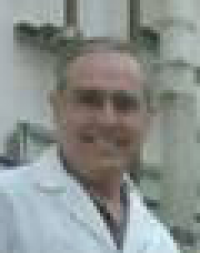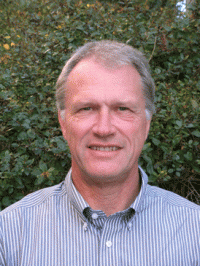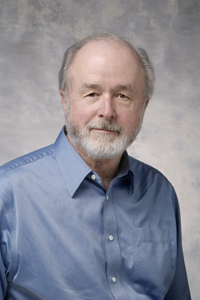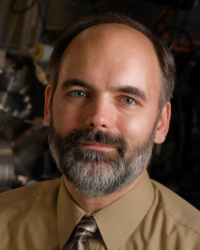Archive for November 2011
EM2 and Spinoff Technologies
SPEAKER: ROBERT SCHLEICHER DATE/TIME: MON, 11/28/2011 – 4:00PM TO 5:00PM LOCATION: 3105 ETCHEVERRY HALL Fall 2011 Colloquium Series Abstract: EM2 is a helium-cooled fast reactor with a conversion ratio of near unity. It has a 30 year core life and is able to burn spent LWR fuel without reprocessing. An update of the technical developments in EM2 since…
Read MoreNeutron Generators for Active Interrogation Applications in Nuclear Safeguards and Homeland Security
SPEAKER: BERNHARD LUDEWIGT DATE/TIME: MON, 11/21/2011 – 4:00PM TO 5:00PM LOCATION: 3105 ETCHEVERRY HALL Fall 2011 Colloquium Series Abstract: The Ion Beam Technology Group at the Lawrence Berkeley National Laboratory (LBNL) is conducting research on a broad range of electronic neutron sources, from compact devices to accelerator-driven systems, for homeland security and non-proliferation applications. New ion source technology…
Read MoreOrigins, Visions, Plans & Wave Reactors
SPEAKER: JOHN GILLELAND DATE/TIME: MON, 11/14/2011 – 4:00PM TO 5:00PM LOCATION: 3105 ETCHEVERRY HALL Fall 2011 Colloquium Series Abstract: The traveling wave reactor concept and its potential benefits will be reviewed. The plan for long term development of the reactor and its infrastructure will be outlined. The associated global TWR technology development program will be summarized. Thoughts on…
Read MoreThe Facility for Rare Isotope Beams
SPEAKER: BRAD SHERRILL DATE/TIME: MON, 11/07/2011 – 4:00PM TO 5:00PM LOCATION: 3105 ETCHEVERRY HALL Fall 2011 Colloquium Series Abstract: A quest of experimental nuclear science is to synthesize atoms made of unusual combinations of neutrons, protons and electrons. Certain combinations highlight particular aspects of the nuclear many body problems. In part, based on our current capabilities for creating…
Read More


